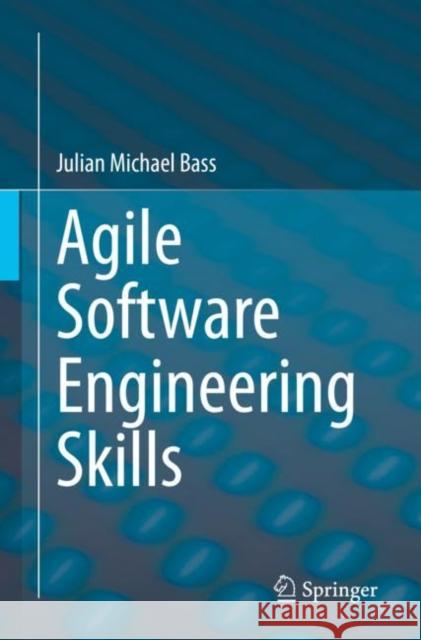Agile Software Engineering Skills » książka
Agile Software Engineering Skills
ISBN-13: 9783031054686 / Angielski / Miękka / 2023 / 317 str.
This textbook is about working in teams to create functioning software. It covers skills in agile software development methods, team working, version control and continuous integration and shows readers how to apply some of the latest ideas from lean, agile and Kanban.Part I, which focuses onPeople, describes various project roles and the skills needed to perform each role. This includes members of self-organizing teams, scrum masters, product owners and activities for managing other stakeholders. The skills needed to createProductartefacts are detailed in Part II. These include skills to create agile requirements, architectures, designs as well as development and security artefacts. The agile developmentProcessto coordinate with co-workers is described in Part III. It introduces the skills needed to facilitate an incremental process and to use software tools for version control and automated testing. Eventually some more advanced topics are explained in Part IV. These topics include large projects comprising multiple cooperating teams, automating deployment, cloud software services, DevOps and evolving live systems.This textbook addresses significant competencies in the IEEE/ACM Computing Curricula Task Force 2020. It includes nearly 100 exercises for trying out and applying the skills needed for agile software development. Hints, tips and further advice about tackling the exercises are presented at the end of each chapter, and a case study project, with downloadable source code from an online repository, integrates the skills learned across the chapters. In addition, further example software projects are also available there. This way, the book provides a hands-on guide to working on a development project as part of a team, and is inspired by the needs of early career practitioners as well as undergraduate software engineering and computer science students.
This textbook is about working in teams to create functioning software. It covers skills in agile software development methods, team working, version control and continuous integration and shows readers how to apply some of the latest ideas from lean, agile and Kanban. Part I, which focuses on People, describes various project roles and the skills needed to perform each role. This includes members of self-organizing teams, scrum masters, product owners and activities for managing other stakeholders. The skills needed to create Product artefacts are detailed in Part II. These include skills to create agile requirements, architectures, designs as well as development and security artefacts. The agile development Process to coordinate with co-workers is described in Part III. It introduces the skills needed to facilitate an incremental process and to use software tools for version control and automated testing. Eventually some more advanced topics are explained in Part IV. These topics include large projects comprising multiple cooperating teams, automating deployment, cloud software services, DevOps and evolving live systems.This textbook addresses significant competencies in the IEEE/ACM Computing Curricula Task Force 2020. It includes nearly 100 exercises for trying out and applying the skills needed for agile software development. Hints, tips and further advice about tackling the exercises are presented at the end of each chapter, and a case study project, with downloadable source code from an online repository, integrates the skills learned across the chapters. In addition, further example software projects are also available there. This way, the book provides a hands-on guide to working on a development project as part of a team, and is inspired by the needs of early career practitioners as well as undergraduate software engineering and computer science students.











